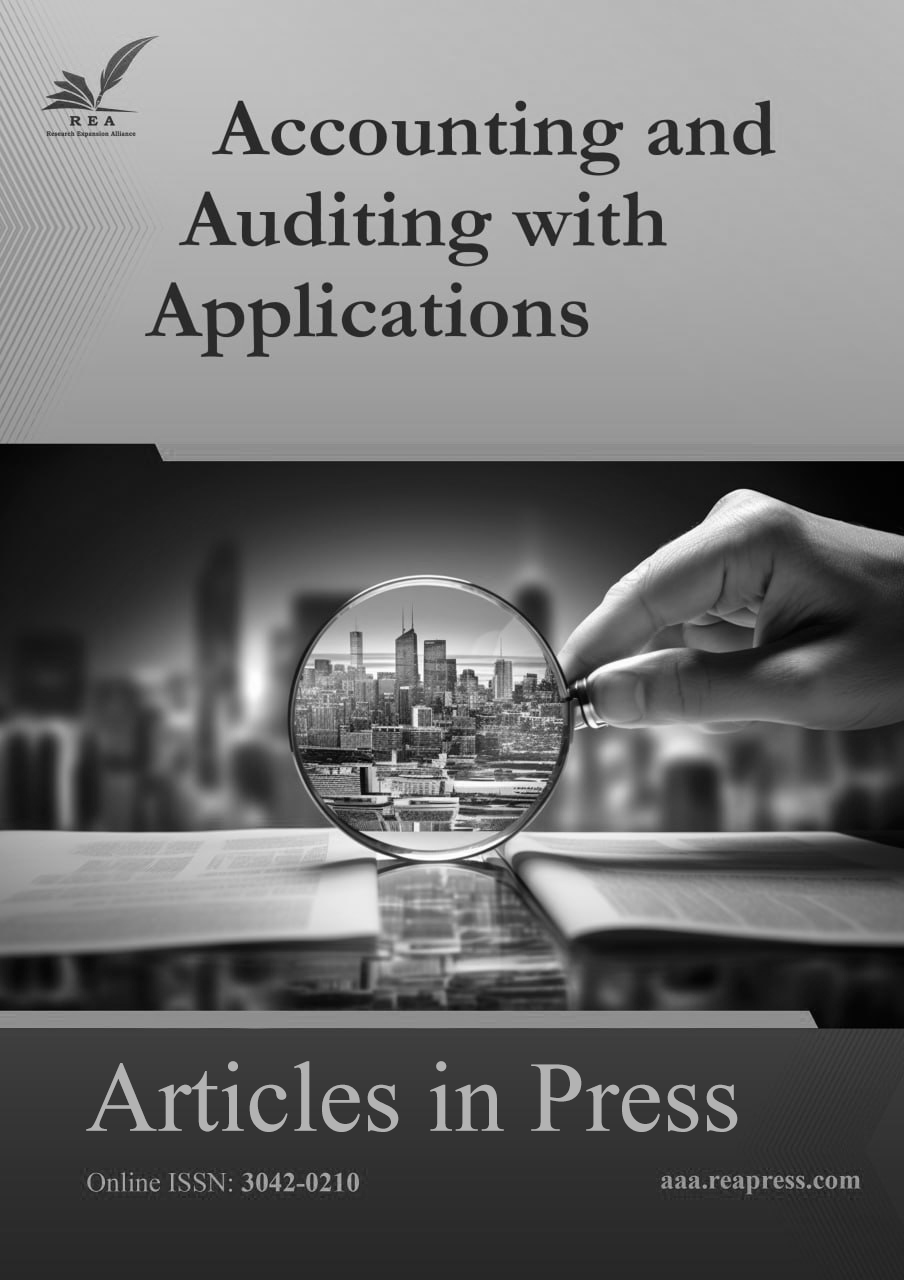AI-IoT Solutions for Smart Home Automation
Abstract
As smart devices increasingly populate our living spaces, the possibilities for interconnected homes expand. However, conventional Internet of Things (IoT) solutions frequently lack the flexibility and intelligence desired by today’s homeowners. This document presents a novel AI-powered IoT framework aimed at enhancing home automation. Our framework promotes better personalization, efficiency, and security by utilizing machine learning and sophisticated data analytics. Central to the system is predictive maintenance, which examines historical data to foresee appliance failures, thereby minimizing unexpected breakdowns and prolonging device longevity. Furthermore, it personalizes comfort levels by understanding user preferences and adjusting temperature, lighting, and audio to create an ideal living environment that improves well-being. Energy efficiency is emphasized through real-time data analysis that detects usage patterns and recommends energy-saving strategies. This assists homeowners in reducing their ecological footprint and lowering utility bills. Security is another primary concern, with AI-driven anomaly detection that oversees network traffic to protect sensitive data and prevent unauthorized entry. Our AI-powered IoT framework signifies a major progress in smart home automation, providing predictive maintenance, tailored comfort, energy optimization, and strong security for a more intelligent, sustainable, and secure living environment.
Keywords:
AI, IoT, Smart home, Automation, Machine learning, Predictive maintenance, Energy efficiency, Personalized comfortReferences
- [1] Stecuła, K., Wolniak, R., & Grebski, W. W. (2023). AI-driven urban energy solutions—from individuals to society: A review. Energies, 16(24), 7988. https://doi.org/10.3390/en16247988
- [2] Taiwo, O., & Ezugwu, A. E. (2021). Internet of things‐based intelligent smart home control system. Security and communication networks, 1(1), 9928254. https://doi.org/10.1155/2021/9928254
- [3] Prieto González, L., Fensel, A., Gómez Berbís, J. M., Popa, A., & de Amescua Seco, A. (2021). A survey on energy efficiency in smart homes and smart grids. Energies, 14(21), 7273. https://doi.org/10.3390/en14217273
- [4] Mohapatra, H., Rath, A. K., & Panda, N. (2022). IoT infrastructure for the accident avoidance: an approach of smart transportation. International journal of information technology, 14(2), 761–768. https://doi.org/10.1007/s41870-022-00872-6
- [5] Alshammari, T., Alshammari, N., Sedky, M., & Howard, C. (2018). Evaluating machine learning techniques for activity classification in smart home environments. International journal of information and communication engineering, 12, 72–78. http://dx.doi.org/10.1999/1307-6892/10008539
- [6] Singh, R., Kurukuru, V. S. B., & Khan, M. A. (2023). Advanced power converters and learning in diverse robotic innovation: A review. Energies, 16(20), 1–28. https://doi.org/10.3390/en16207156
- [7] Mohapatra, H., Dehury, M. K., Guru, A., & Rath, A. K. (2023). IoT-Enabled zero water wastage smart garden. In IoT enabled computer-aided systems for smart buildings (pp. 71–89). Springer. https://doi.org/10.1007/978-3-031-26685-0_4
- [8] Das, L., Anand, P., Anjum, A., Aarif, M., Maurya, N., & Rana, A. (2023). The impact of smart homes on energy efficiency and sustainability. 2023 10th IEEE uttar pradesh section international conference on electrical, electronics and computer engineering (upcon) (pp. 215–220). IEEE. https://doi.org/10.1109/UPCON59197.2023.10434418
- [9] Radhamani, R., Karthick, S., Kumar, S. K., & Gokulraj, M. (2024). Deployment of an IoT-integrated home energy management system employing deep reinforcement learning. In 2nd international conference on artificial intelligence and machine learning applications theme: healthcare and internet of things (AIMLA) (pp. 1–4). IEEE. https://doi.org/10.1109/AIMLA59606.2024.10531519.
- [10] Soumyalatha, S. G. H. (2016). Study of iot: understanding iot architecture, applications, issues and challenges. 1st international conference on innovations in computing & net-working (icicn16), cse, rrce. international journal of advanced networking & applications. IEEE. https://b2n.ir/j98525
- [11] Verma, S. B. (2022). Emerging trends in IoT and computing technologies. https://B2n.ir/a06083
- [12] Russell, S. J., & Norvig, P. (2016). Artificial intelligence: A modern approach. Pearson. https://B2n.ir/j01617
- [13] Arora, D. S. (2025). Secure blockchain-based internet of things (IoT) device management using mixed methods. International journal of scientific and research publications, 14(12). http://dx.doi.org/10.29322/IJSRP.14.12.2024.p15624


